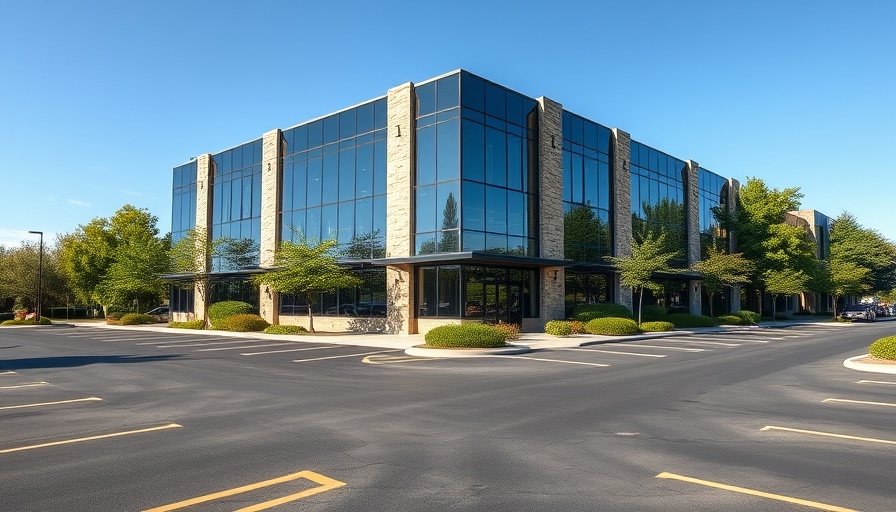
Internapalooza: The Revamped Gathering for Tech Interns
The summer of 2025 saw the revival of Internapalooza, a gathering often dubbed the "Coachella for tech interns." However, this year took a distinct turn, reflecting a cultural shift in the tech industry. Gone are the days of celebratory merchandise and lavish free food. Instead, today's event is starkly serious, focusing on the hardest working talents in Silicon Valley. This year's Internapalooza transformed into a rigorous networking and learning environment, featuring a selective invitation process that catered to only a few hundred bright minds from prestigious engineering schools.
The Evolution of Internapalooza: From Festivity to Seriousness
What was once a bright and bustling affair filled with social exuberance has now recalibrated to meet the increasing demands of high-caliber talent during the current AI boom. After its peak in 2016, when it hosted over 3,000 eager interns, many of whom have now risen to prominent positions in companies like Figma and DoorDash, the event has tightened its grip on who is allowed entry. Cory Levy, founder of Z Fellows—the group responsible for organizing Internapalooza—highlighted a deliberate choice to invite only those interns who are seriously skilled and represent the top tier of engineering talent.
Changing Atmosphere: Lessons and Insights
This year's atmosphere was markedly different, as described by attendees. Instead of the usual swag and party-like setting, corporate booths lined the edges of the venue, emphasizing the event's focus on professional development over entertainment. Practical advice flowed freely from various industry leaders, underscoring a commitment to work ethic and resilience in a rapidly changing landscape. Adam Guild, CEO of a restaurant software startup, emphasized the importance of rejecting the notion of burnout—a prevailing mindset among many young professionals.
Networking and Learning: Keynotes Making a Mark
The educational component was significant, with notable speakers sharing insights on navigating the tech landscape. During one session, investor Naval Ravikant captured the audience with his thoughts on the necessity of failure for future success. His remarks, alongside others from industry executives, were meant to stimulate critical thinking and decision-making among the interns in attendance.
The Shift in Silicon Valley: Talent Over Numbers
This year, the narratives shared were reflective of a larger shift underway in Silicon Valley. Tech companies are undergoing budget cuts and layoffs while simultaneously offering attractive compensation packages to a select few exceptional candidates. This operational backdrop creates vast opportunities for those who successfully navigate the tech space, signalling an era where quality trumps quantity.
Work Hard, Play Hard: The Interns’ Perspectives
The interns at this year’s event thumbed their noses at the carefree attitude of earlier cohorts. Instead, they were armed with portfolios, stories of their projects, and a determination to stand out in a competitive environment. As they engaged in meaningful conversations, it was evident that they are prepared to tackle challenges head-on. The enthusiasm mixed with seriousness creates a new class of tech employees who are ambitious, innovative, and relentless.
The Future of Internapalooza and Tech Internships
Moving forward, events like Internapalooza will likely continue reshaping how internships are perceived and structured within the tech industry. As startups and big players seek to cultivate their next generation of leaders, the lessons learned from this year’s Internapalooza will undoubtedly influence how organizations approach internships. The goal is to foster not just potential but real-world capabilities that propel the entire industry forward.
This gathering stands as a reminder that while the tech world may be changing, the passion and drive of its interns remain crucial for the industry's evolution. As such, the Internapalooza becomes more than just a networking event; it evolves into a critical component of talent development, emphasizing hard work, resilience, and an adaptability that are vital in today's fast-paced environment.
 Add Row
Add Row  Add
Add 




Write A Comment